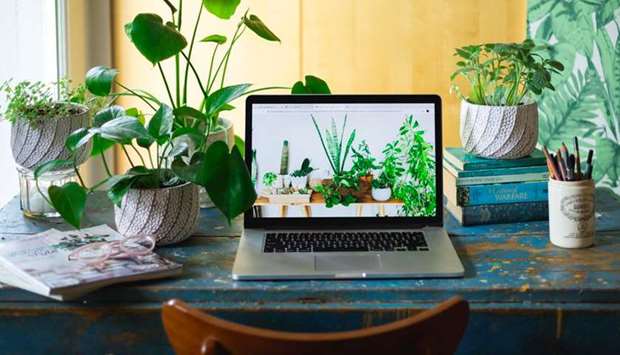There are huge benefits to be gained from spending time in and around plants. Here are four rules to make the most of it.
With a growing body of scientific research consistently suggesting a huge range of health benefits associated with spending time in green spaces, I am often asked which plants people should grow to boost their wellbeing. It’s a big question, but here is what I would advise…
Go for evergreens:
One of the most surprising findings is that you don’t need to physically be in nature to benefit. Simply looking at images of nature projected on screens has been shown to improve exercise performance, while a view of trees from a window improved healing times and reduced pain medication in hospital patients. It would be fair to postulate, therefore, that the visual stimulation of greenery alone may be one of the biggest factors at play here. Working on this assumption, I’d include a significant proportion of evergreen species to provide a permanent green backdrop. Also, as I often say, perhaps an even more effective way to do this is with houseplants, which give you year-round green that you are likely to physically be around for greater periods of time.
Don’t forget scent:
There is good evidence to support what many of us intuitively believe – that a range of aromatic compounds derived from plants can have a mood-improving effect. Inhaling lavender and rosemary seems to consistently reduce feelings of stress and anxiety in small clinical trials. How do you find participants who will reliably feel stressed-out on cue to test this? So far it’s mainly been by giving students going into exams a whiff before they start. If a few sniffs of one plant is enough to calm nerves in an exam hall, just imagine the effect of sitting surrounded by hundreds of scented plants outdoors.
Green gym:
The benefits of being around plants aren’t only limited to sensorial stimulation. There is also the matter of the gentle exercise that occurs as a result of working in the garden. In fact, studies suggest gardening tends to burn more calories than the average gym session, despite feeling easier. OK, this is mainly because the typical bout of garden pottering lasts for much longer, so despite being far lower in intensity, the duration makes up for it. But given the choice of flowers and fresh air over the flashing lights of a treadmill, I know which one I would pick. Bucking the trend for low maintenance planting might be a good idea, as the more pottering you do the more therapeutic it may be.
Grow up front In many settings, one of the other benefits associated with getting your hands dirty is social contact. By dedicating an equal amount of time to your front and back garden, you will get to interact more often with your neighbours. To be honest, as a socially awkward botanist, that’s my worst nightmare, but it’s great for some people. And here we come to the crux of the question – gardens can improve wellbeing in ways as diverse as gardeners themselves. So, while more research comes in, don’t worry too much about a checklist of things to include, just pick what you love and let the plants do the rest.

Looking at images of nature projected on screens has been shown to improve exercise performance.
